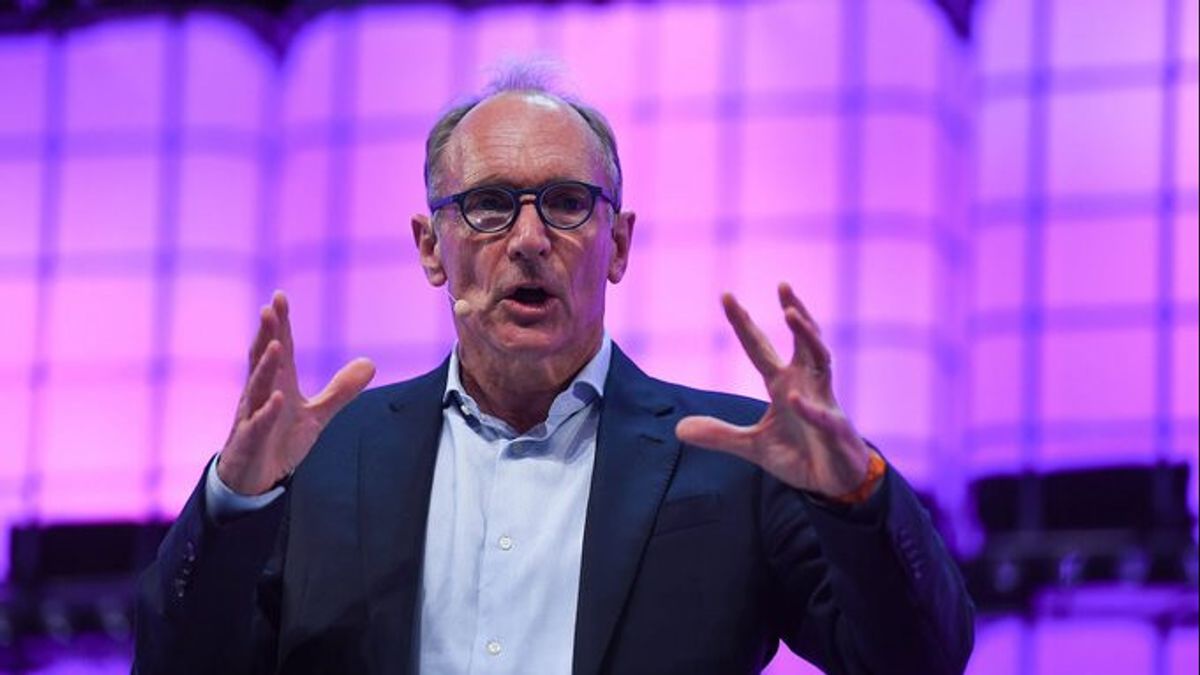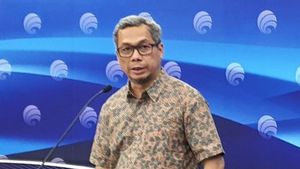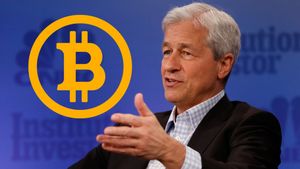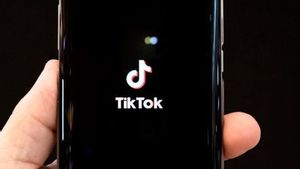JAKARTA - Tim Berners-Lee, known as the creator of the World Wide Web, recently provided three predictions for the future of the internet as part of an interview discussing the 35th anniversary of the Web. According to the pioneer of this technology, the next chapter in internet history will be marked by artificial intelligence (AI), virtual reality (VR), and Big Tech restructuring.
In an interview with CNBC, Berners-Lee said that a trusted AI assistant would be a turning point for interaction. "One of the things I predict," Berners-Lee said, "is that you will have an AI assistant, which you can trust, and work for you, like a doctor."
The second prediction is that humans will gain ownership over their data and that VR and spatial computing (essentially, engaging in the metaverse) will be the modalities of choice to use computers.
"You can do things with a VR headset, and then when you remove the VR headset, you can do it with a big screen. And every time you move, you can take your phone and that experience will feel like one. It has to go very smoothly between different devices," he said in an interview with CNBC.
The essence of this prediction is that spatial computing - the motion in a physically correlated space with action in a digital space - will replace the keyboard, mouse, and screen touch paradigm.
Although Berners-Lee did not mention Web3, cryptocurrencies, or blockchain technology during the interview, metaverse technology and intrinsically related spatial computing.
SEE ALSO:
The third prediction is that in the future, some institutions may work to break up Big Tech conglomerates. This may seem like a natural thing for industry players, but the mention of Berners-Lee in this regard highlights the possible unstable nature of even the largest companies in the United States, as seen through the views of one of the most striking figures in computer science.
Interestingly, Berners-Lee's first contribution to the discovery of the World Wide Web emerged when he worked as a contractor at the European Organization for Nuclear Research, known as CERN, in 1980.
In 1989, he implemented a hypertext network he created at CERN with network protocols (TCP) and domain name service (DNS) to create a basic framework for what eventually became the World Wide Web.
The English, Chinese, Japanese, Arabic, and French versions are automatically generated by the AI. So there may still be inaccuracies in translating, please always see Indonesian as our main language. (system supported by DigitalSiber.id)


















